Bahram Lavi
Survey on Reliable Deep Learning-Based Person Re-Identification Models: Are We There Yet?
Apr 30, 2020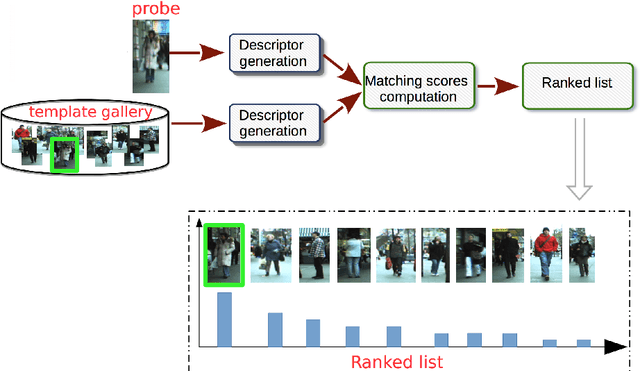
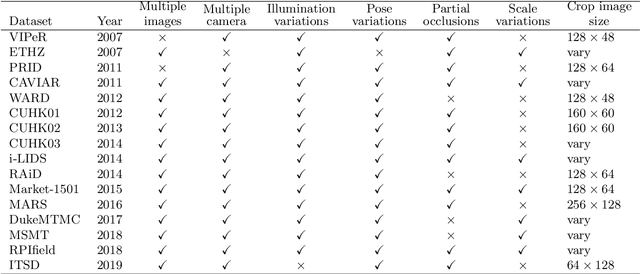
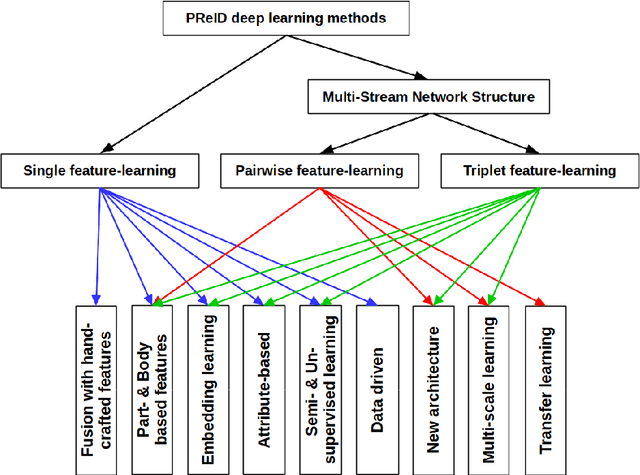
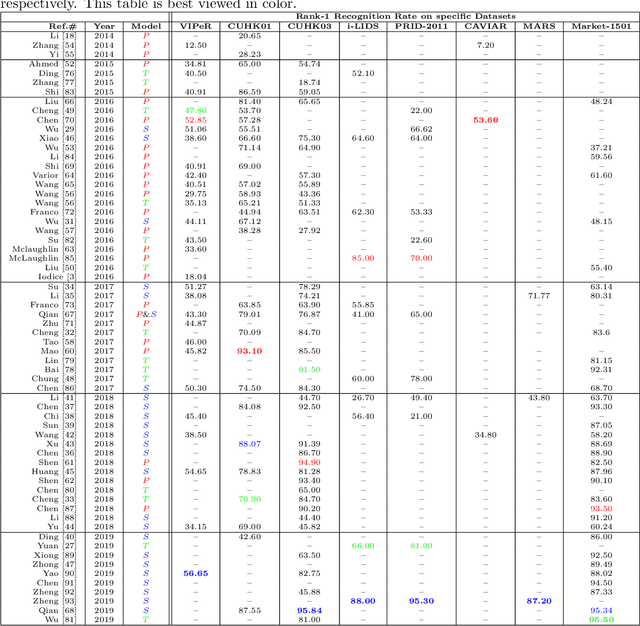
Abstract:Intelligent video-surveillance (IVS) is currently an active research field in computer vision and machine learning and provides useful tools for surveillance operators and forensic video investigators. Person re-identification (PReID) is one of the most critical problems in IVS, and it consists of recognizing whether or not an individual has already been observed over a camera in a network. Solutions to PReID have myriad applications including retrieval of video-sequences showing an individual of interest or even pedestrian tracking over multiple camera views. Different techniques have been proposed to increase the performance of PReID in the literature, and more recently researchers utilized deep neural networks (DNNs) given their compelling performance on similar vision problems and fast execution at test time. Given the importance and wide range of applications of re-identification solutions, our objective herein is to discuss the work carried out in the area and come up with a survey of state-of-the-art DNN models being used for this task. We present descriptions of each model along with their evaluation on a set of benchmark datasets. Finally, we show a detailed comparison among these models, which are followed by some discussions on their limitations that can work as guidelines for future research.
Survey on Deep Learning Techniques for Person Re-Identification Task
Jul 19, 2018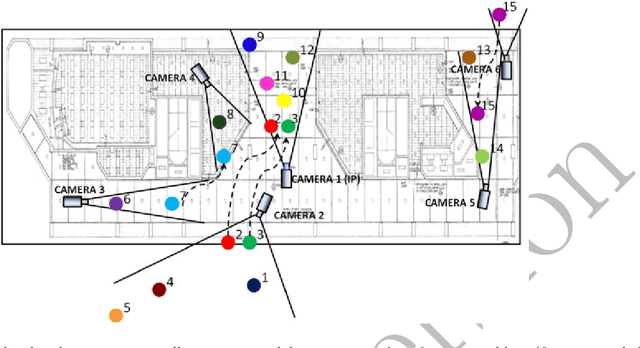
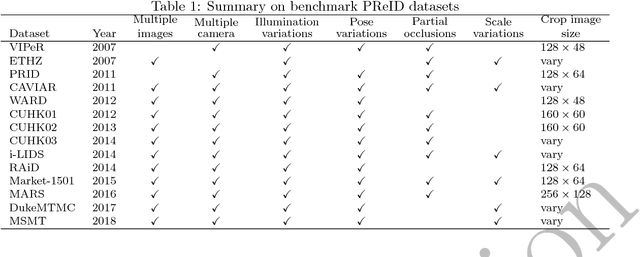
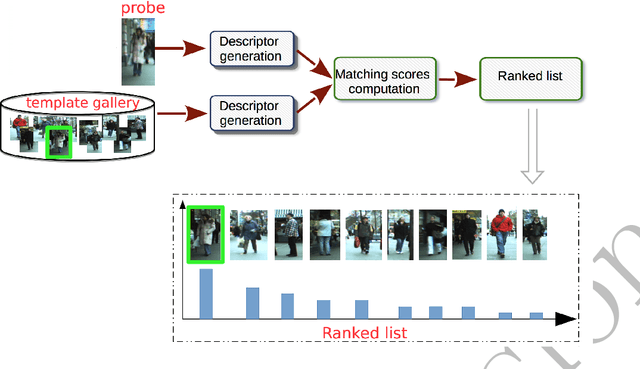
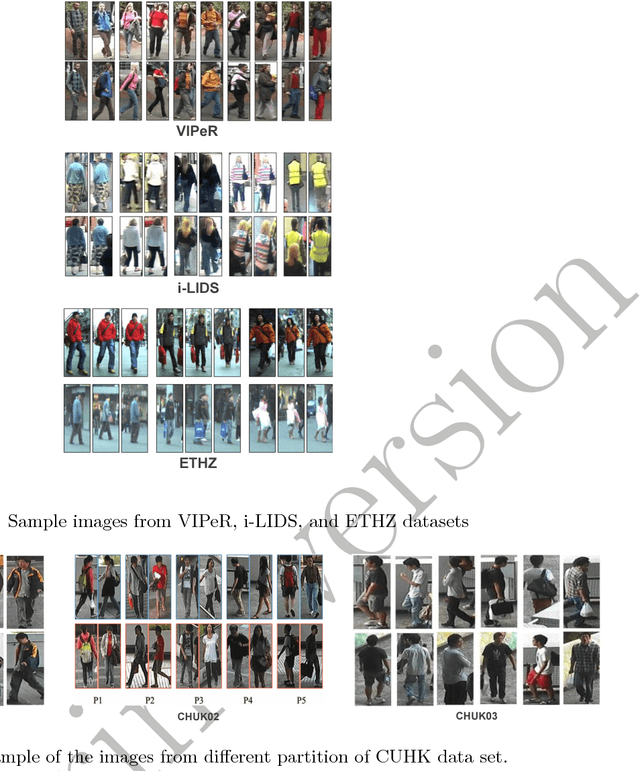
Abstract:Intelligent video-surveillance is currently an active research field in computer vision and machine learning techniques. It provides useful tools for surveillance operators and forensic video investigators. Person re-identification (PReID) is one among these tools. It consists of recognizing whether an individual has already been observed over a camera in a network or not. This tool can also be employed in various possible applications such as off-line retrieval of all the video-sequences showing an individual of interest whose image is given a query, and online pedestrian tracking over multiple camera views. To this aim, many techniques have been proposed to increase the performance of PReID. Among the systems, many researchers utilized deep neural networks (DNNs) because of their better performance and fast execution at test time. Our objective is to provide for future researchers the work being done on PReID to date. Therefore, we summarized state-of-the-art DNN models being used for this task. A brief description of each model along with their evaluation on a set of benchmark datasets is given. Finally, a detailed comparison is provided among these models followed by some limitations that can work as guidelines for future research.
A Deep Convolutional Neural Network for Lung Cancer Diagnostic
Apr 22, 2018


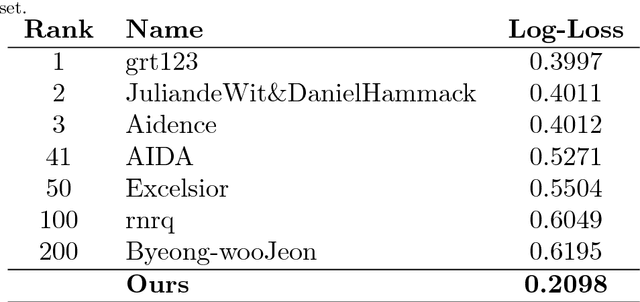
Abstract:In this paper, we examine the strength of deep learning technique for diagnosing lung cancer on medical image analysis problem. Convolutional neural networks (CNNs) models become popular among the pattern recognition and computer vision research area because of their promising outcome on generating high-level image representations. We propose a new deep learning architecture for learning high-level image representation to achieve high classification accuracy with low variance in medical image binary classification tasks. We aim to learn discriminant compact features at beginning of our deep convolutional neural network. We evaluate our model on Kaggle Data Science Bowl 2017 (KDSB17) data set, and compare it with some related works proposed in the Kaggle competition.
 Add to Chrome
Add to Chrome Add to Firefox
Add to Firefox Add to Edge
Add to Edge